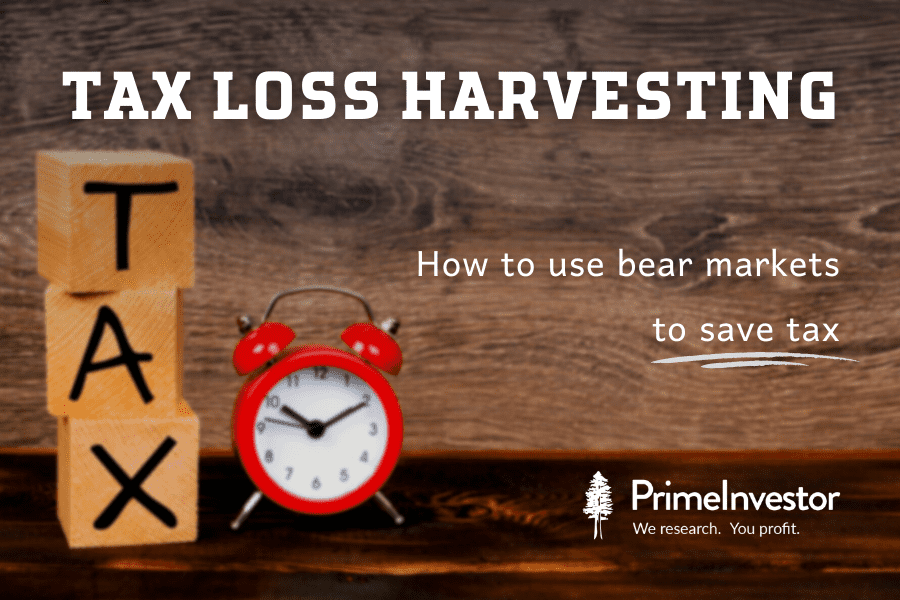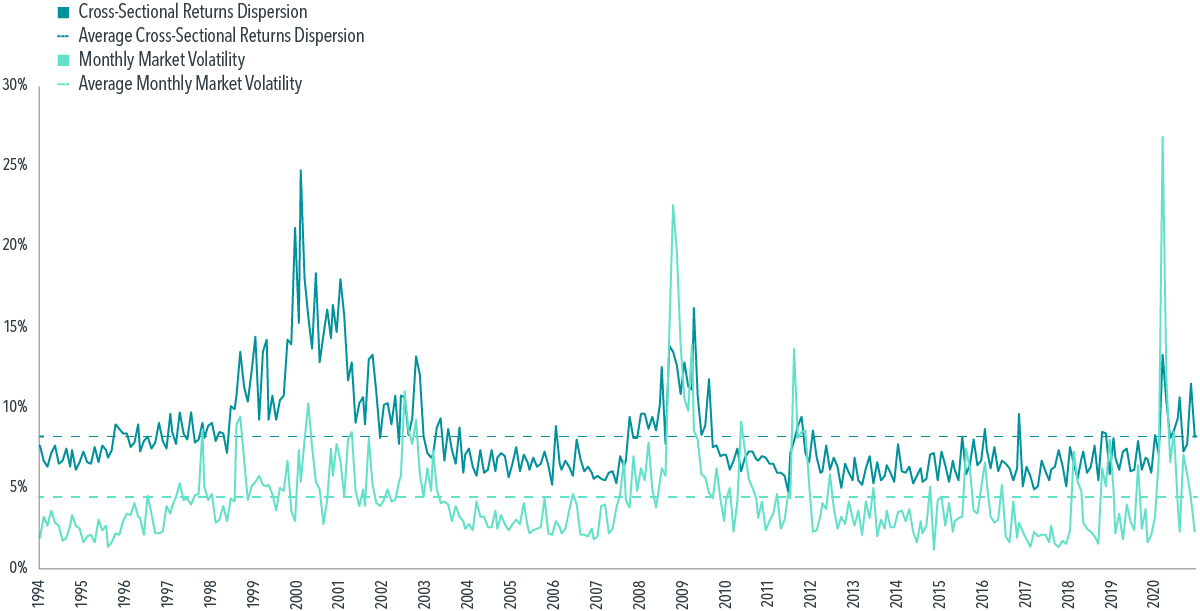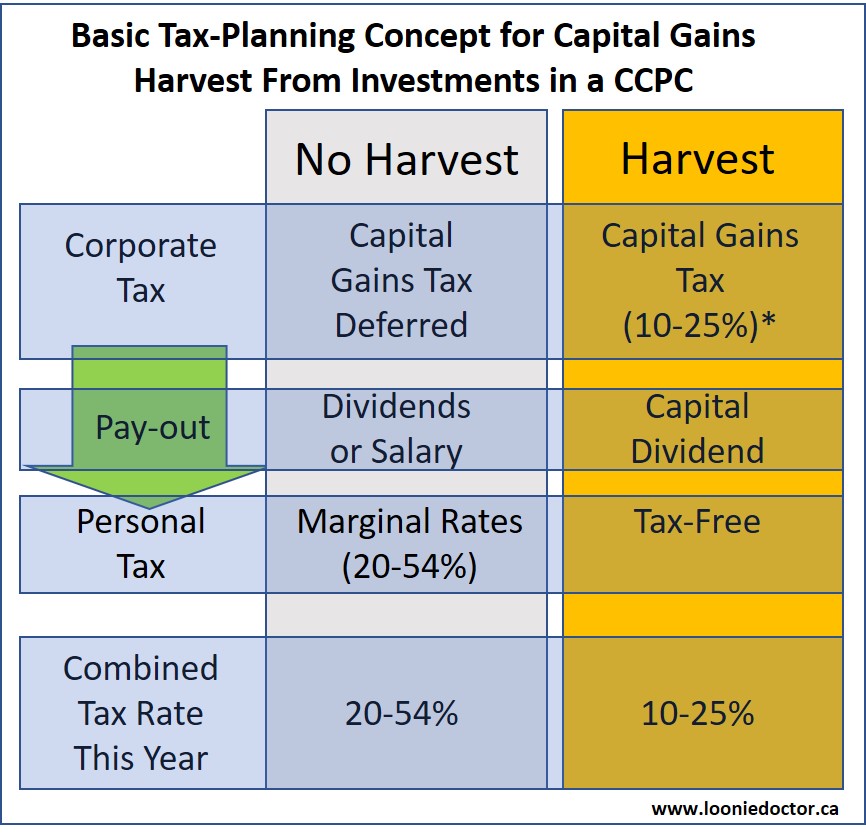tax loss harvesting canada
To be clear there is no benefit to tax-loss selling in your TFSA or RRSP. Harvest loss in 2019 use it in 2018 or 2020.

I Get Free Tax Loss Harvesting Awesome Wait What Is That Wealthsimple
At its most basic tax-loss harvesting involves intentionally selling poorly performing investments for a loss and reinvesting the proceeds back into the market.

. You need 50000 to get tax loss harvesting A main benefit of robo-advisors is their tax-loss harvesting abilities. When you sell an investment whether its a stock or an ETF below the original purchase price you trigger a. The amount of money that you can save with tax loss harvesting in Canada depends on your tax bracket.
How Much Can You Save with Tax-Loss Harvesting. A superficial loss can occur when you dispose of capital property for a loss and both of the following conditions are met. An overview of tax-loss harvesting Here are a few important points to remember.
Once youve done that tax loss harvesting is a great way to find additional tax savings inside a. Should one carry the loss up to 3 years before or save it for the future. What is tax loss harvesting.
Tax loss harvesting also known as tax loss selling is the practice of selling shares or units held in a non-registered account that have dropped in value to the point that a capital loss can be claimed eg. One more small question. Stocks purchased or sold after this date will be settled in 2021 so.
You or a person affiliated with you buys or has a right to buy the same or identical property called substituted property during the period starting 30 calendar days before the sale and ending 30 calendar days after the sale. We make tax-loss harvesting available for all Canadian Wealthsimple Black clients. Plus losses can be carried over indefinitely so they can offset future gains as well.
They say its meant for passive investors. As you may know tax-loss harvesting is a strategy designed to help you lower your tax burden. You can turn it on and off in the settings tab of your dashboard when you sign into your account.
In Canada the last day in 2021 for tax-loss selling on the Toronto Stock Exchange was December 29 2021. Harvesting losses as they occur may help to offset your eventual gains. The best way to pay less tax on your investments is by maximizing your available contribution room in these registered accounts.
The strategy involves selling an asset or security. Tax-loss selling also known as tax-loss harvesting is a strategy available to investors who have investments that are trading below their original cost in non-registered accounts. This entire conversation only applies to your non-registered accounts where deferring capital gains.
If you sold at a loss on or before that date. You can then use these losses to offset your taxable capital gains. Tax loss harvesting is automatically provided for all Canadian Wealthsimple Black and Generation customers.
However in general you can expect to save around 30 of the amount of the loss. Canadians are fortunate to have so many tax-sheltered investment options including RRSPs RESPs and TFSAs. Tax loss harvesting provides you with a means of turning your investment losses into something useful.
Tax-loss harvesting is a tax strategy where you intentionally sell an investment for a loss in order to offset capital gains taxes elsewhere. But the company highly recommends that not everyone should make use of this option. Going back to our example after the investor sells their bank shares at a loss they could then purchase a Canadian bank stock ETF or a Canadian equity mutual fund with a large exposure to the Financials sector.
With Charles Schwab Intelligent Portfolios you only get this service if you have at least 50000 invested. You have until two trading days before the end of the year to sell assets to qualify for tax-loss harvesting however it is recommended that investors do this quarterly. Automatic rebalancing You dont have to watch your portfolio like a hawk.
But again not everyone should do it. Tax-loss harvesting is a strategy investors can use to reduce the total amount of capital gains taxes due from the sale of profitable investments. How many years can a loss be carried back.
As long as you follow a few basic rules you can unload your losing investments and pave the way for some future tax-free capital gains by taking advantage of a strategy known as tax loss harvesting. There is an option to turn it on or off from the settings menu. The bottom line on tax loss harvesting.
So if you lose 1000 on investment you could save around 300 on your taxes. Tax-loss selling also known as tax-loss harvesting is a technique for realizing or crystallizing capital losses in your non-registered accounts so they can be used to offset taxable capital gains. The capital loss can be used to offset capital gains either in the current year or in the previous three tax years or they can be carried forward to any future year.
Tax loss harvesting is when you sell some investments at a loss to offset gains youve realized by selling other stocks at a profit. Tax-loss selling also known as tax-loss harvesting can be an effective way to lower your tax hit. Why would one want to do TAX LOSS HARVESTING.
Jan 15 2021 Tax-loss selling or tax-loss harvesting occurs when you deliberately sell a security at a loss in order to offset capital gains in Canada. A powerful tax-saving strategy. Tax-loss selling or tax-loss harvesting occurs when you deliberately sell a security at a loss in order to offset capital gains in Canada.
Is Tax Loss Harvesting Right for You. There are however tax-loss harvesting strategies that allow you to maintain exposure to a particular stock or sector while still realizing a capital loss. It involves selling your poorly performing investments at a loss and then using those losses to offset realized taxable gains on other investments.
Dec 23 2020 For Canada the last day for tax-loss selling in 2020 is December 29. These investments could be stocks bonds. If you dont know if tax-loss harvesting is right for you just send us an email or give us a call and we can help you figure it out.
But you have to follow the rules or you could find yourself on the wrong side of. Tax-loss harvesting is a practice that takes advantage of the rules that let you use capital losses to offset other forms of taxable income.

Tax Loss Harvesting At Work A Wealthsimple Case Study Boomer Echo

Using Exchange Traded Funds In Tax Loss Planning

What Is Tax Loss Harvesting Ticker Tape
Tax Loss Harvesting Considerations

Tax Loss Harvesting Using Losses To Enhance After Tax Returns Bny Mellon Wealth Management

Tax Loss Harvesting Flowchart Bogleheads Org
Tax Loss Harvesting Considerations

Tax Loss Harvesting Using Losses To Enhance After Tax Returns Bny Mellon Wealth Management

What Is Tax Loss Harvesting Ticker Tape

Smas At Work A Smarter Approach To Tax Loss Harvesting Dimensional Fund Advisors

Tax Loss Harvesting How To Use Bear Markets To Save Tax Primeinvestor

Time For Capital Gains Harvesting From Your Corporation Physician Finance Canada

Time For Capital Gains Harvesting From Your Corporation Physician Finance Canada

Tax Loss Harvesting Using Losses To Enhance After Tax Returns Bny Mellon Wealth Management

Turning Losses Into Tax Advantages

Tax Loss Harvesting Partners Physician Finance Basics

